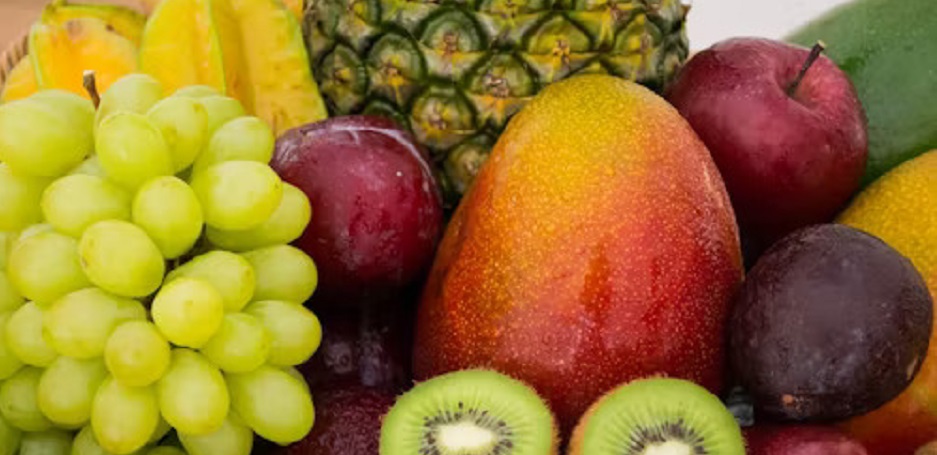Spain, with its rich cultural tapestry and vibrant culinary heritage, boasts an abundance of fruits that not only tantalize the taste buds but also reflect the passionate spirit of the country. From the sun-drenched orchards of Andalusia to the fertile valleys of Catalonia, Spanish fruits are celebrated for their intense flavors, vibrant colors, and deep-rooted connection to tradition. In this article, we embark on a sensory journey through the world of Spanish fruits, delving into their history, cultural significance, and culinary versatility.
The Allure of Spanish Fruits
Spaniards have long revered fruits as symbols of abundance, vitality, and celebration. The Mediterranean climate of Spain, characterized by mild winters and long, hot summers, provides the perfect conditions for a wide variety of fruits to flourish. Citrus fruits like oranges, lemons, and grapefruits thrive in the sunny groves of Valencia and Murcia, infusing the air with their zesty fragrance. Meanwhile, the fertile plains of Extremadura yield succulent cherries, plums, and peaches, while the terraced hillsides of La Rioja produce exquisite grapes destined for world-renowned wines.
Historical and Cultural Significance
The cultivation of fruits in Spain dates back millennia, with ancient civilizations such as the Phoenicians, Greeks, and Romans all contributing to the rich tapestry of agricultural practices. The Moorish influence during the Middle Ages introduced new varieties of fruits, as well as advanced irrigation techniques, further enriching Spain’s horticultural landscape. Over the centuries, fruits became integral to Spanish culture, featuring prominently in religious festivals, folk traditions, and culinary customs.
One such example is the annual La Tomatina festival in Buñol, where thousands of revelers gather to engage in a spirited tomato-throwing battle. This tradition, rooted in the abundance of tomatoes in the region, symbolizes the joy of harvest and community camaraderie. Similarly, the vibrant orange blossoms of Seville herald the arrival of spring during the city’s renowned Feria de Abril, where locals indulge in traditional dances, music, and, of course, juicy oranges.
Culinary Delights
Spanish cuisine is renowned for its simplicity, freshness, and emphasis on quality ingredients, with fruits playing a starring role in both sweet and savory dishes. Gazpacho, a refreshing cold soup made from ripe tomatoes, cucumbers, peppers, and onions, epitomizes the essence of Spanish summer cuisine. Paired with crusty bread and a drizzle of olive oil, this iconic dish showcases the vibrant flavors of the Mediterranean.
In Catalonia, the beloved dessert known as crema catalana features luscious layers of custard infused with hints of citrus zest and cinnamon, providing a perfect finale to a leisurely meal. Meanwhile, in the Basque Country, pintxos—small, flavorful appetizers—often feature combinations of cured meats, cheeses, and fruits like figs or grapes, creating a harmonious balance of sweet and savory.
Beyond the Plate
The allure of Spanish fruits extends beyond the dining table, encompassing a wide range of artisanal products, cultural traditions, and wellness practices. From fragrant citrus perfumes crafted in Valencia to luxurious skincare products infused with olive oil from Andalusia, Spanish fruits inspire creativity and innovation across various industries.
In rural communities, traditional methods of preserving fruits—such as sun-drying figs, making quince paste (membrillo), or crafting preserves (marmalades)—serve as a way of honoring age-old techniques and preserving seasonal abundance for year-round enjoyment. Additionally, the therapeutic properties of fruits are celebrated in spa treatments and wellness retreats, where guests indulge in rejuvenating rituals featuring locally sourced ingredients.
Sustainable Practices
As global awareness of environmental issues grows, so too does the emphasis on sustainable agriculture and responsible stewardship of the land. In Spain, initiatives promoting organic farming, biodiversity conservation, and fair trade practices are gaining momentum, ensuring that future generations can continue to enjoy the bounty of Spanish fruits.
Conclusion
In the tapestry of Spanish culture, fruits are woven into the fabric of daily life, embodying the essence of vitality, abundance, and celebration. From the sun-kissed orchards of Andalusia to the verdant valleys of Galicia, each region offers a unique bounty of flavors and traditions, reflecting the diverse landscapes and cultural heritage of Spain. Whether enjoyed fresh off the tree, incorporated into traditional dishes, or savored in artisanal products, Spanish fruits captivate the senses and ignite the imagination, inviting us to savor the passion and abundance of this vibrant land.

